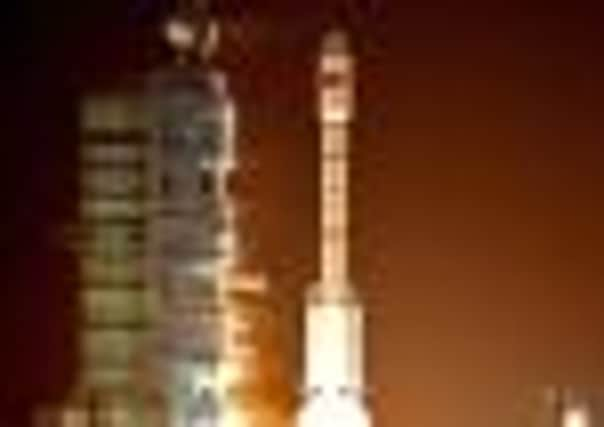China blasts first stage of space station into earth orbit


The Tiangong-1 module went into space yesterday from the Jiuquan launch centre on the edge of the Gobi Desert aboard a Long March 2FT1 rocket.
After the craft is in orbit, China plans to launch an unmanned Shenzhou 8 spacecraft to practise docking manoeuvres, possibly within the next few weeks.
Advertisement
Hide AdAdvertisement
Hide AdTwo more missions, at least one of them manned, are to meet it next year for further practice, with astronauts staying for as long as a month.
The 8.5-ton module – the name translates as Heavenly Palace-1 – is to stay aloft for two years, after which two other experimental modules should be launched for more tests. The station proper should be launched in three sections between 2020 and 2022.
“This is a significant test. We’ve never done such a thing before,” said Lu Jinrong, the launch centre’s chief engineer.
The space station, which has yet to be formally named, is China’s most ambitious space exploration project, possibly on the way to a manned moon landing.
Advertisement
Hide AdAdvertisement
Hide AdChina launched its first manned flight in 2003, joining Russia and the United States as the only countries to launch humans into orbit and generating huge amounts of national pride for the Communist government.
At about 60 tons complete, the Chinese station will be much smaller than the 16-nation International Space Station, which is expected to continue operating until 2028. China applied repeatedly to join the ISS, but was rebuffed by the US.